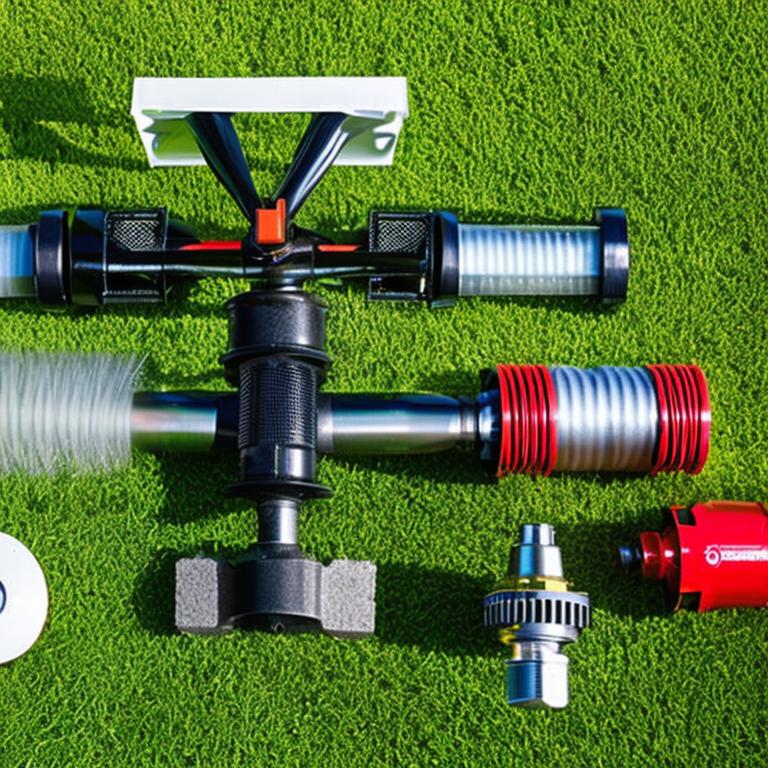Understanding Valves and Pumps for Efficient Watering
Valves and pumps play a crucial role in the functionality of sprinkler systems and irrigation setups, ensuring efficient water distribution and control. Valves are devices that regulate the flow of water within the system, allowing you to turn the water on and off as needed. Understanding the different types of valves and their functions is essential for optimizing your watering system. There are various types of valves used in irrigation systems, including ball valves, gate valves, and check valves. Ball valves are commonly used for their durability and reliability, allowing for quick and easy shut-off of water flow. Gate valves, on the other hand, are ideal for regulating the flow of water and are often used in larger irrigation systems. Check valves prevent backflow and ensure that water flows in the intended direction, preventing water waste and system damage. Pumps are another critical component of irrigation systems, responsible for moving water from its source to the sprinkler heads. The type and size of the pump needed depend on factors such as the water source, system layout, and water pressure requirements. Submersible pumps are commonly used for wells and underground water sources, while centrifugal pumps are suitable for surface water sources. Proper installation and maintenance of valves and pumps are essential to ensure the efficiency and longevity of your irrigation system. Regularly inspect valves for leaks or malfunctions and replace any damaged components promptly. Similarly, conduct routine maintenance on pumps to prevent clogs and ensure optimal performance. By understanding the role of valves and pumps in your irrigation system and implementing proper maintenance practices, you can maximize water efficiency and ensure consistent and effective watering for your lawn and plants.
Preventing Overwatering with Proper Capping Techniques
Overwatering is a common issue that can lead to water wastage, nutrient leaching, and plant diseases in your lawn and garden. Proper capping techniques are essential to prevent overwatering and ensure that your irrigation system operates efficiently. By understanding how to cap off sprinkler heads and pipes effectively, you can avoid water runoff and promote healthy plant growth. Capping refers to the process of sealing off unused or damaged sprinkler heads or pipes to prevent water from flowing through them. This is important in areas where excessive watering can lead to water pooling or oversaturation of the soil. By capping off unnecessary sprinkler heads or pipes, you can redirect water to where it is needed most, reducing water waste and promoting optimal plant health. There are various methods for capping off sprinkler heads and pipes, depending on the type of system you have and the specific needs of your lawn. One common technique is to use caps or plugs designed to fit over the opening of the sprinkler head or pipe, effectively sealing it shut. These caps come in different sizes and materials to accommodate various irrigation systems and pipe diameters. Regularly inspecting your irrigation system for damaged or malfunctioning sprinkler heads and pipes is essential to identify areas that need to be capped off. Look for signs of water leakage, uneven watering patterns, or oversaturation of the soil, as these may indicate the need for capping. By addressing these issues promptly and capping off any unnecessary components, you can prevent overwatering and promote efficient water usage in your lawn. Incorporating proper capping techniques into your irrigation system maintenance routine can help you avoid the negative consequences of overwatering while promoting healthy plant growth and conserving water resources. By taking proactive steps to cap off unused or damaged components, you can ensure that your irrigation system operates at its best and provides optimal watering for your lawn and garden.
